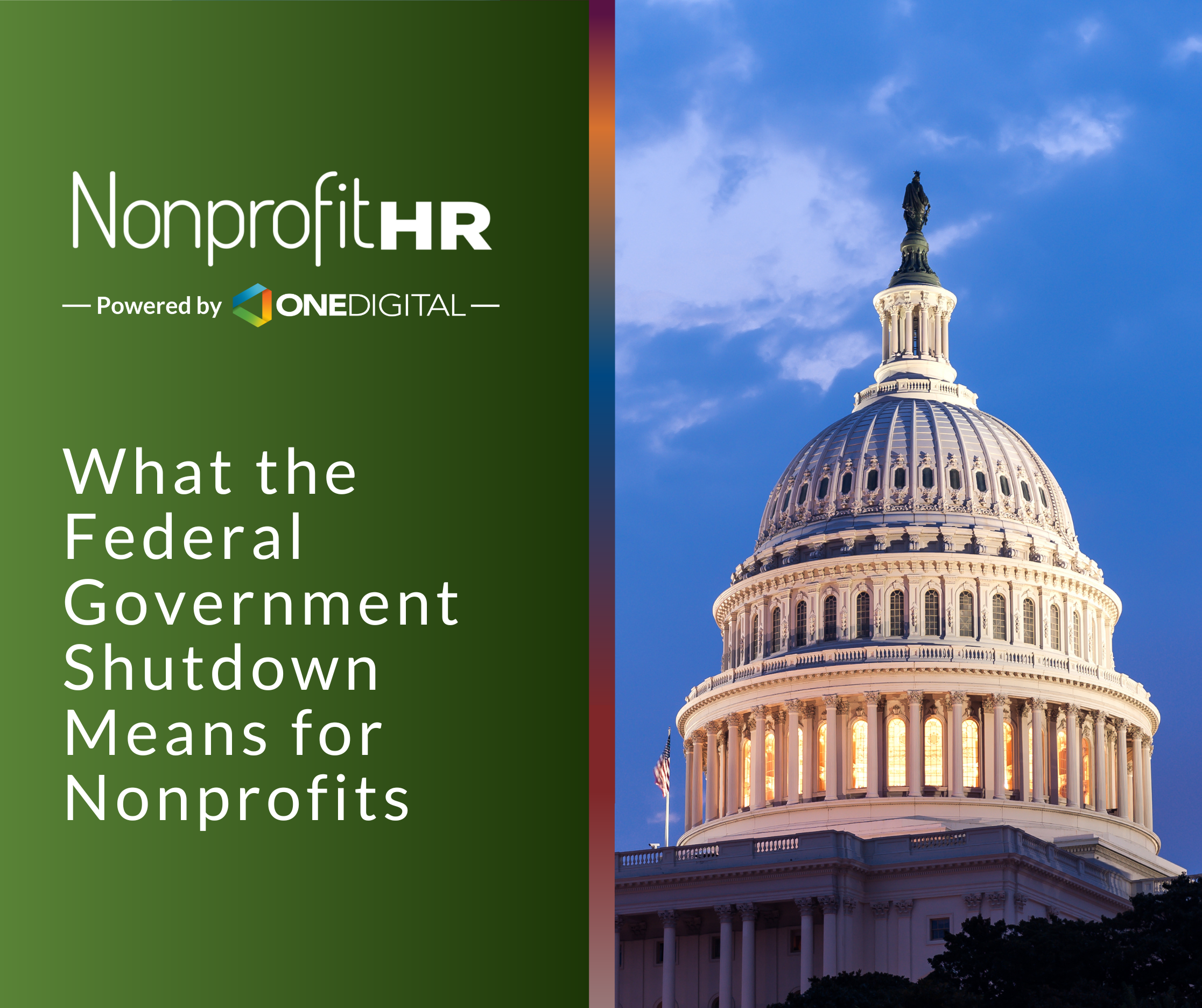WTOP: 5 ways nonprofits can…
By Joseph D. Potosky, CLU, ChFC, Director, Pensions & Benefits Services
Large-size employers with low-wage workforces do have options when it comes to implementing the requirements of the new healthcare reform. This paper presents seven possible approaches for impacted companies to consider.
The age of Obamacare (formally the Patient Protection Affordable Care Act or “PPACA”) is at hand. The main components of healthcare reform will be implemented within a short number of months from now. For large employers (50 or more employees) arguably the biggest issue is how to address the so-called Pay or Play rules. While the term “pay or play” has gained popular currency it is actually misleading, as it implies an either-or dilemma for affected companies. In fact, there are a handful of different ways for employers to approach the new requirements, depending on the context and considerations specific to their own environment and workforce. Making the right choice can not only improve the impact of reform on the employer’s bottom line, but also ensure that employees at different income levels have the ability to choose appropriate and affordable levels of coverage for themselves and their family members.
PPACA Requirements and Penalties: Who’s Affected?
Many, if not most large employers are minimally impacted by Pay or Play since they have historically provided benefits exceeding the minimum levels prescribed by the law, at costs (i.e. premiums billed to employees) that are far below the legal threshold requirements. However, there are a significant number of large employers with low-wage workforces that face huge challenges. These employers have historically either excluded employees from any kind of health insurance or have given these employees bare bones “mini-med” plans that do not meet PPACA requirements. Under PPACA these employers will either be required to offer coverage to these employees or pay the potential penalties under the law.
The Pay or Play framework has two key, interrelated rules: the coverage rule; and the affordability/quality rule.
Coverage
Under the coverage rule, an employer must provide “minimum essential coverage” to 95% or more of its total full-time employee workforce to avoid penalty. In the absence of that level of coverage, a $2,000 per full-time employee penalty applies to all full-time employees after the first 30. The trigger for the penalty is activated when one full time employee goes onto the individual market exchange and gets subsidized coverage. Under the proposed regulations, the definition of “minimum essential coverage” is not tied to a specific benefit level but rather a type of coverage that may satisfy PPACA coverage mandates. Individual insurance, Medicare, Medicaid, Tricare and employer-sponsored healthcare are all considered “minimum essential coverage. However, the Department of Labor does read PHS Act Section 2707(b) as requiring all non-grandfathered group health plans to comply with the annual limitation on out-of-pocket maximums described in section 1302(c)(1) of the Affordable Care Act. In addition, preventive services must be provided with no cost sharing.
Affordability/Quality
If an employer provides “minimum essential coverage” to at least 95% of its employees, but the cost for individual coverage provided by the employer is not affordable (“affordable” being defined as less than 9.5% of an employee’s W-2 compensation), or if the coverage is deemed to not be quality care of minimum value (as defined by a minimum 60% actuarial value threshold), then a $3,000 penalty will apply for each full time employee who qualifies for subsidized coverage on the individual exchange.
The maximum penalty assessed on an employer in regard to these two components of the Pay or Play framework will be defined by the coverage rule. For example, an employer with 100 employees that does not provide 95% minimum essential coverage would incur a penalty of $140,000 ($2,000 x (100 – 70)). Alternatively, the maximum penalty that would apply as a result of the Affordability/Quality penalty would be no more than $140,000.
Click on the link below to download the rest of the white paper It’s Not Pay or Play, It’s How to Play. It’s Not Pay or Play, It’s How to Play is re-published with permission of MV Financial Group and Joseph Potosky.





























